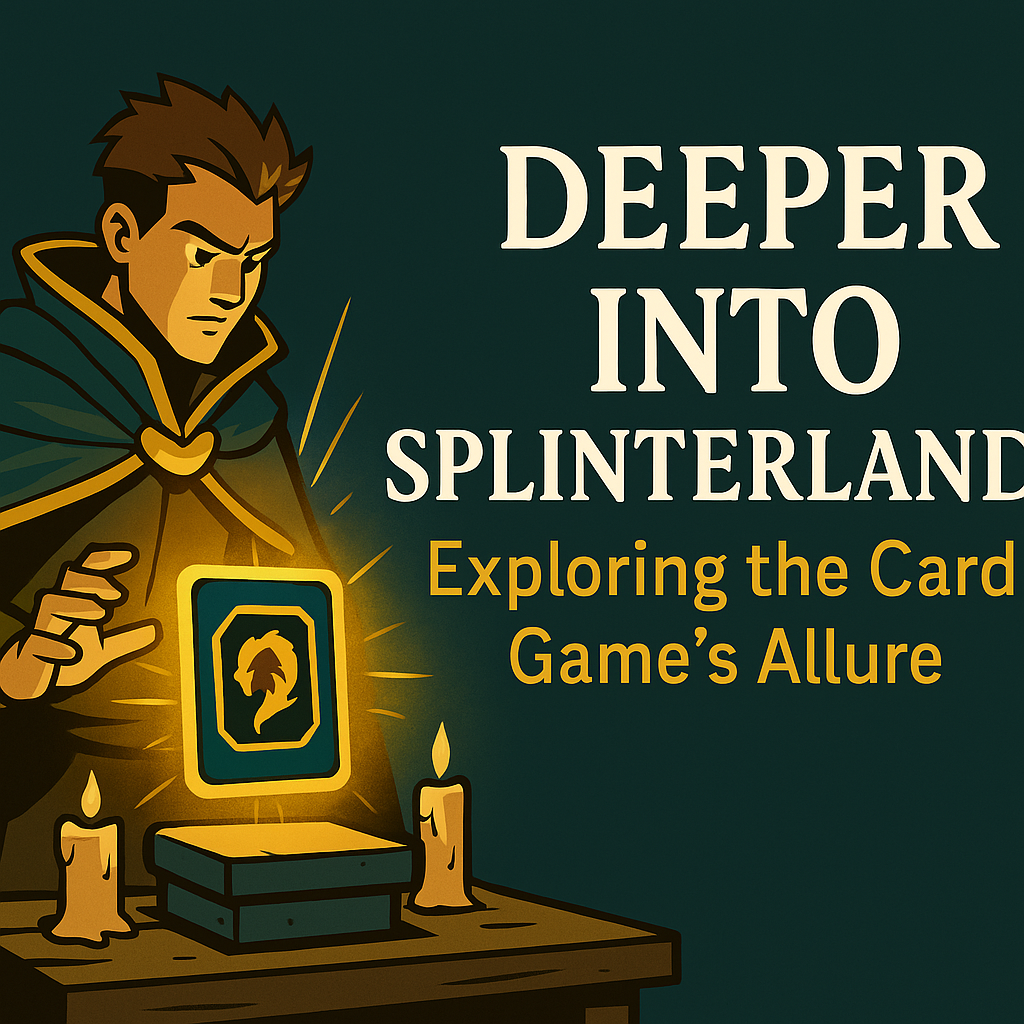Splinterlands is often seen as a digital card game, but beneath the surface lies a world of strategic depth, economic opportunity, and community-driven growth. Those who play merely for fun may win a few matches, but those who recognize the game’s full potential can turn it into a digital empire.
A Battlefield of Minds
Every battle in Splinterlands is more than just cards clashing; it is a battle of intellect. Success comes not from the rarest cards but from understanding battle conditions, predicting opponents’ tactics, and creating synergy within your deck. The best players do not simply react; they anticipate and counter before the battle even begins.
A Thriving Digital Economy
Unlike traditional games where cards are locked in an account with no real-world value, Splinterlands revolutionizes ownership. Every asset—from cards to DEC and SPS—holds intrinsic value and can be traded, rented, or staked. Whether you are a player looking to earn, an investor analyzing trends, or a guild leader building a network, the economy of Splinterlands presents endless opportunities.
The Community Factor
The Splinterlands ecosystem is driven by its passionate community. Whether through guild alliances, tournament strategies, or marketplace dynamics, the players shape the game’s evolution. Guilds offer a competitive advantage, but beyond that, they provide knowledge, rewards, and a sense of belonging.
Adapting to Change
Splinterlands is never stagnant. New card sets, rule changes, and evolving strategies force players to stay ahead of the curve. Those who fail to adapt are left behind, while those who embrace change thrive in this ever-evolving landscape.
Conclusion: More Than a Game
Splinterlands is a gateway to something greater. It’s a world where strategy meets economy, where skill is rewarded, and where every decision matters. Whether you seek competition, investment, or a growing digital community, Splinterlands offers more than just a game—it offers an opportunity.
Are you ready to see beyond the surface?
